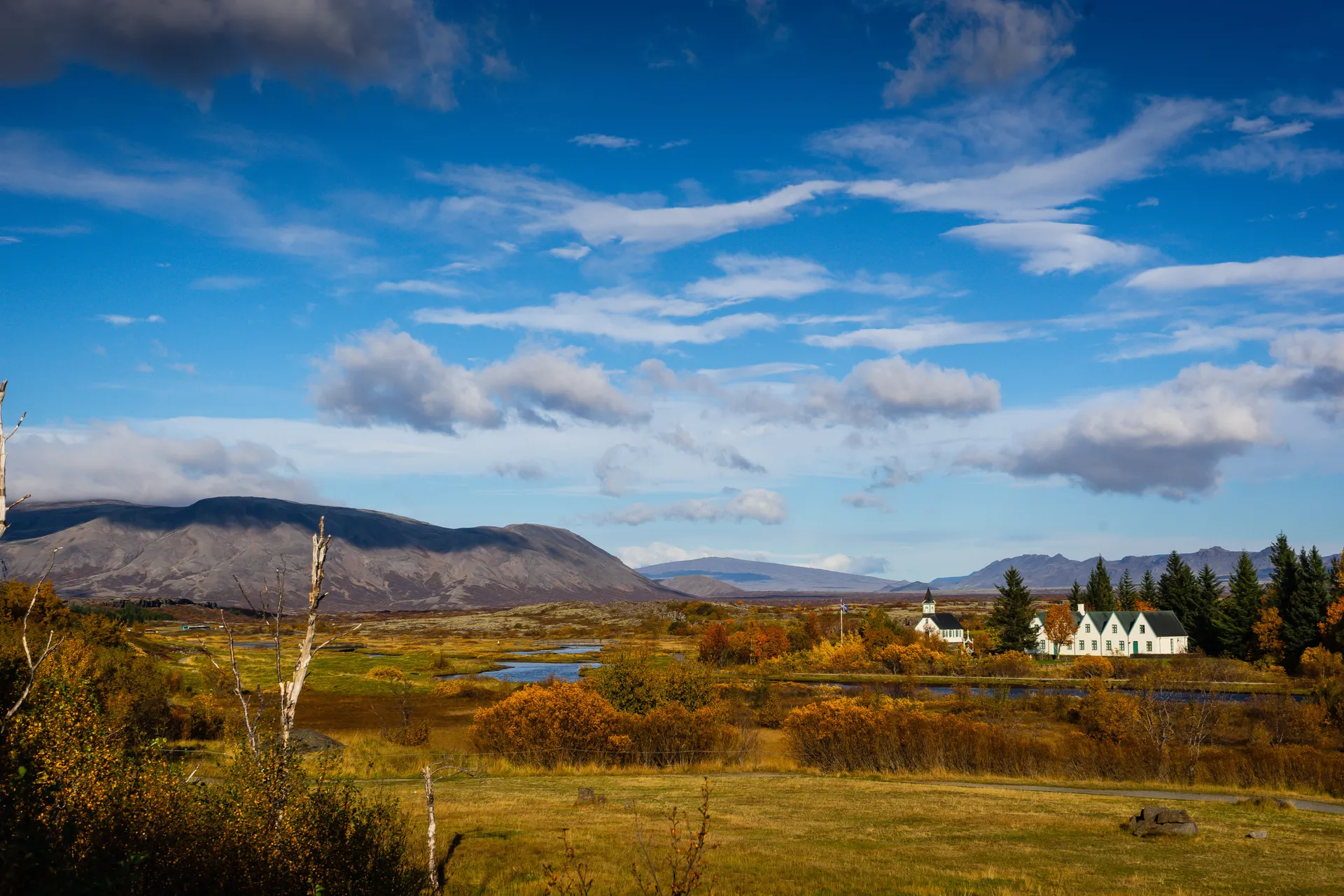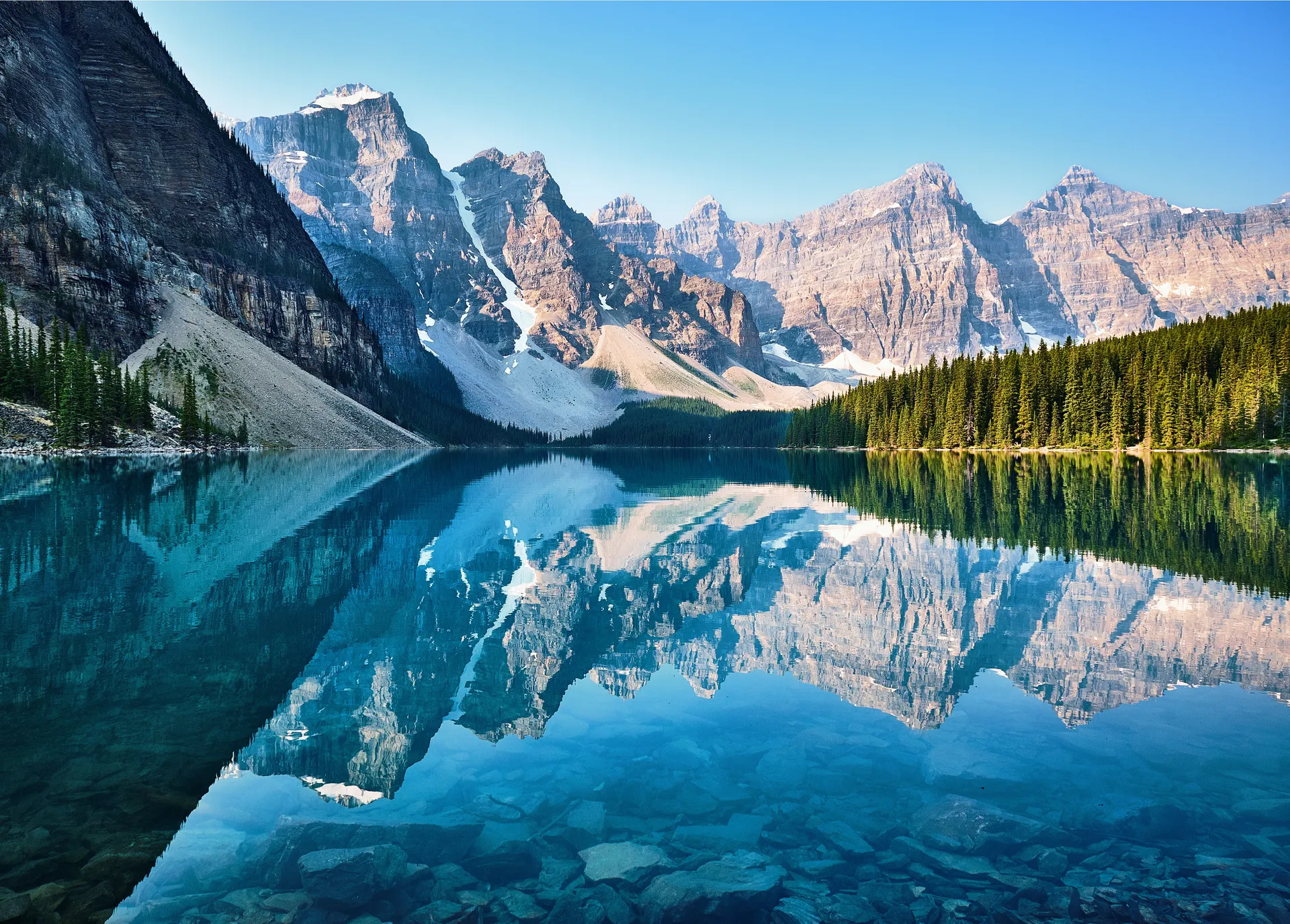
Iceland
Tours in Iceland
Similar destinations to Iceland
Your Iceland Questions Answered
Find out more about visiting Iceland with the answers to these frequently asked questions.
We're here to help
Icelandic cuisine is based on fresh, local ingredients like lamb, seafood, and dairy. Dishes like hakarl (fermented shark) and skyr (yogurt) are traditional and popular with locals, but you’ll also find a variety of modern and international dishes to suit every taste.
It is generally safe to eat food in Iceland, especially at reputable restaurants and hotels. As with any destination, it’s a good idea to stick to fresh, well-cooked food and drink bottled water.
Yes, travel insurance is highly recommended. It provides coverage for medical emergencies, trip cancellations, and lost luggage, ensuring peace of mind during your travels.
Iceland’s must-see attractions include the Blue Lagoon, Strokkur Geyser, the Golden Circle route, and the stunning waterfalls like Gullfoss and Seljalandsfoss.
Icelanders are known for being friendly and informal, and it’s polite to greet with a handshake. When visiting hot springs, remember to shower thoroughly before entering.
Icelanders value their natural environment, so visitors should follow marked trails, avoid disturbing wildlife, and leave no trash behind.
Pack layers, including warm clothing, waterproof outerwear, and sturdy shoes for walking on uneven terrain. In winter, bring extra warm clothes and gear for colder temperatures. Don't forget a camera for Iceland’s stunning landscapes!
The best time to visit Iceland is during the summer months (June to August) for mild weather and extended daylight hours. If you’re interested in the Northern Lights, the winter months (September to March) are ideal.
Iceland is one of the safest countries to visit. Crime rates are very low, but like any destination, it’s always wise to be aware of your surroundings and take care in remote areas.
Icelandic is the official language, but English is widely spoken, especially in tourist areas.
The currency used in Iceland is the Icelandic Krona (ISK). Credit cards are widely accepted, even in small towns, but it’s good to carry some cash for remote areas.
We use cookies to optimise site functionality and give you the best possible experience. Clicking accept will also allow us to personalise your advertising using marketing cookies. You can find out more about our use of cookies.




